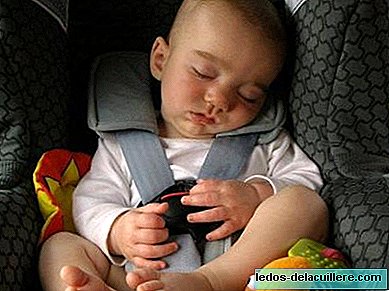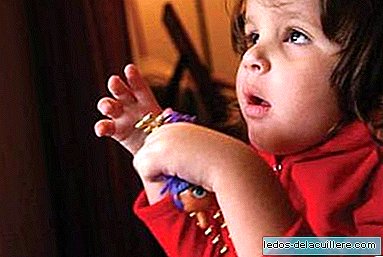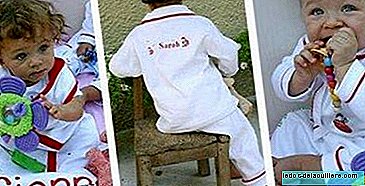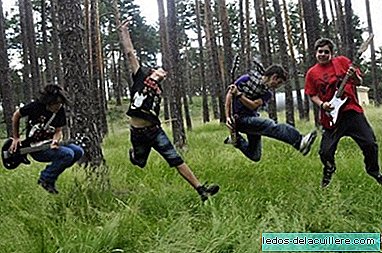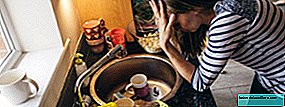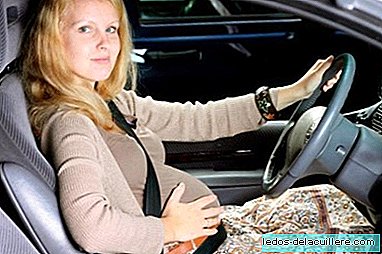
American researchers have discovered what it looks like The first indicator of autism is the presence of abnormal cells in the placenta. Until now, autism used to be diagnosed at the age of three, although sometimes the baby's parents can detect that something is wrong when the baby is 18 months old.
It is very important to diagnose autism as soon as possible, so it can be approached from the beginning, understanding and acting with more certainty. Autism is a developmental disorder that affects 1 in 200 children causing problems of different types such as relationships with others, speech or learning among others. It is also a disease that is more present than Down syndrome or cancer among children.
The scientists analyzed 74 tissue samples from different placentas obtained in various research centers, of these, 13 came from children who were diagnosed with some type of autism, the rest came from children who did not present the disorder. A difference was found between the two types of placental tissue, the placentas that belonged to autistic children had three times more abnormal microscopic depressions compared to the placentas of children who did not have the disease. These depressions or concavities on the surface of the placenta had already been linked to other types of genetic defects such as Down syndrome or Turner syndrome, but so far they had not been related to autism.
It is very possible that, following this investigation, routine tests are performed on the placenta of children who may present some risk, such as a brother who is already autistic.
Hopefully in the future research will advance enough to prevent children from being born with this disease.


